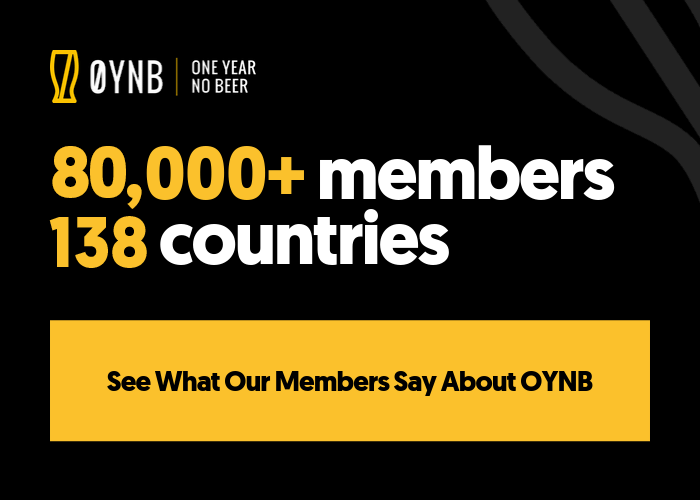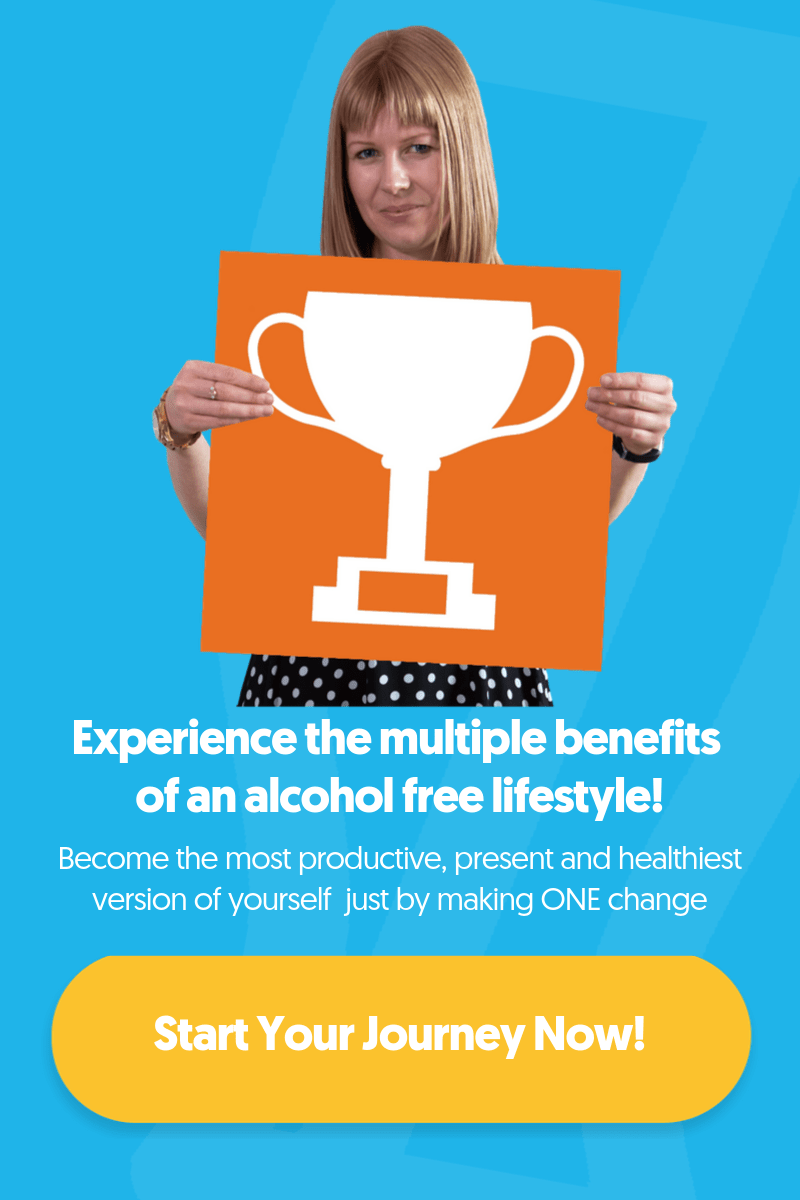Alcohol has become engrained in many workplace activities, such as business lunches or team building. So how do you know when it is taken too far?
We have all been influenced throughout our lives to believe that alcohol is a necessary part of our stressful adult lives. Because of this, many of us are unable to spot the negative impact that drinking too much can have on our health, relationships, and workplaces. This is especially true when it comes to business owners. We believe that if we want to attract and retain top talent, we have to offer incentives like free beer or open bar parties once a month. Instead of helping our employees have an enjoyable place to work, what we’re actually doing is damaging their health, reducing their productivity, and encouraging workplace drinking.
How to analyse if your business has an alcohol problem:
- Your employees come into work hungover.
- The quality of the work output is suffering
- Interoffice relationships are under strain
What Constitutes a “Problem”?
If you’re like many others across the country, you probably fail to see the problems that are right there in front of you. Those bleary-eyed employees are probably just tired, or maybe they have a cold. The mistakes in that last report were just an inevitable accident. Maybe those two employees just don’t get along very well, there’s nothing to be done. Sound familiar?
In most businesses, problems caused by alcohol go unnoticed because we like to find alternative excuses for their causes. This isn’t necessarily our fault either. That social conditioning we mentioned earlier goes deep. But, what if your employees were to change to their relationship with alcohol? Those reports they are working on would be spot on, their energy levels would be higher, and their inter-office relationships may even be stronger. So when the drinks from the night before start to consistently impact the quality of work and productivity the next day, that is when is constitutes a “problem” in the workplace.
How to identify alcohol related problems in the workplace:
Your employees turn up to work hungover


Coming into work hungover not only means your employee’s productivity levels will be lowered, but they may also be posing a health and safety risk, not just to themselves, but to those around them as well. They don’t even need to have been for a full-blown binge the night before to feel the effects either. Just a moderate amount of alcohol can affect your ability to have a restful night’s sleep, meaning your employees could be damaging their ability to work without really meaning to.
Work quality is suffering
Whether they didn’t get a good night’s sleep the night before, or they’re watching the clock in anticipation of after-work drinks, a lack of focus can really damage work quality. It can mean incorrect calculations, misspelled words, or missing points.
Your employees won’t be making these mistakes on purpose – we’re only human after all. But, they could be making more than necessary under the effects of drinking.
Inter-office relationships are strained


How can you improve a workplace relationship with alcohol?
You’ve identified that there’s a problem in your workplace that relates to alcohol, big or small. What do you do now?
Encouraging your employees to simply give up alcohol is not going to get you very far. Many won’t want to, and those that do want to may not be well-equipped enough to go it alone. But, if you use a program like OYNB, you’re giving your employees support, a program to follow, and all the tools they need to shift their mindset and relationship when it comes to alcohol. It’s not about restricting their enjoyment when it comes to alcohol, it’s about helping them learn to be happy with or without it.
Your employees will be happier and healthier, and your business will benefit from their increased productivity and focus. Everyone’s a winner.
To learn more about OYNB, visit www.onyearnobeer.com, or email [email protected]



An entrepreneur and former senior oil broker, Ruari gave up drinking after excessive consumption almost cost him his marriage, and worse, his life. Going alcohol-free improved his relationships, career and energy levels, leading to him founding OYNB to provide a support network for others.







